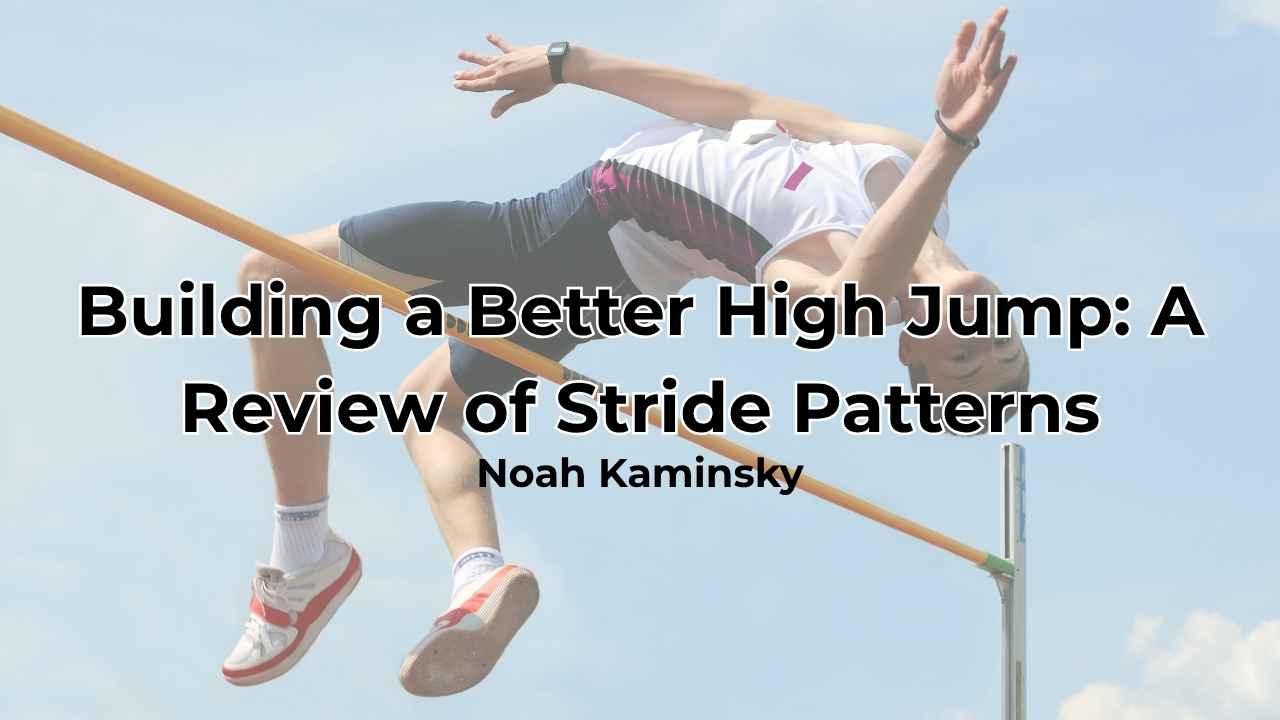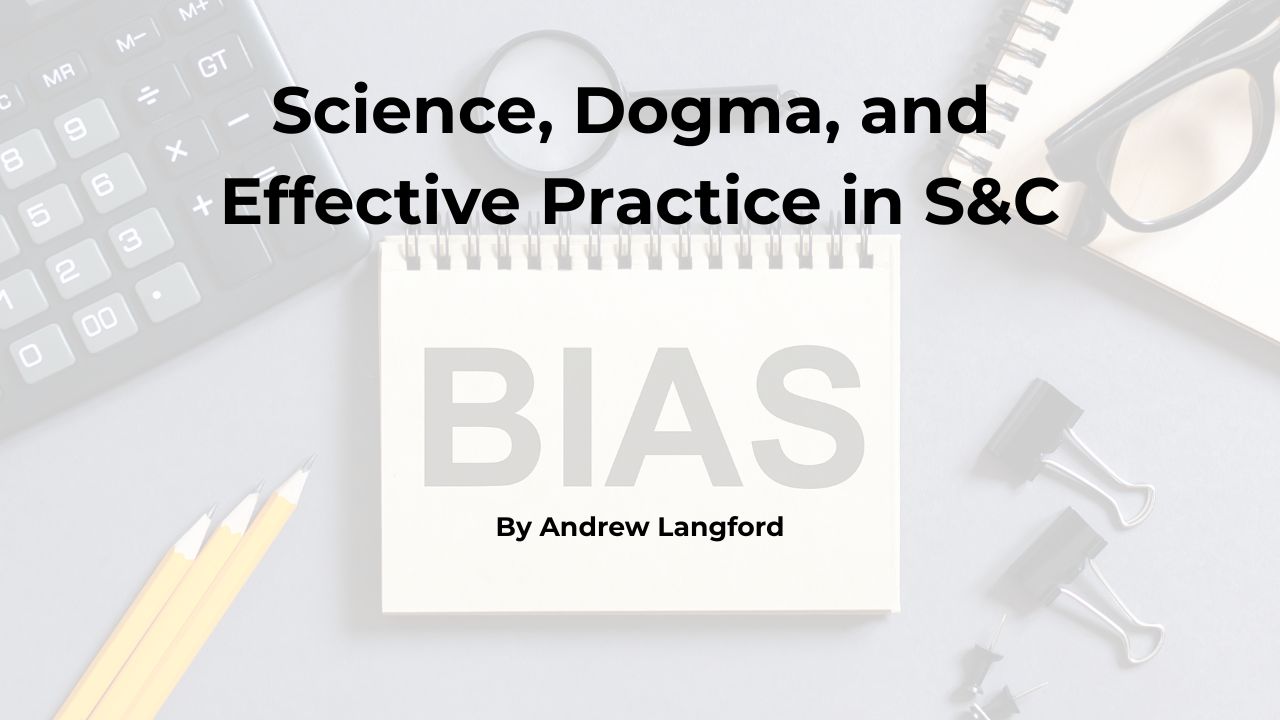[mashshare]
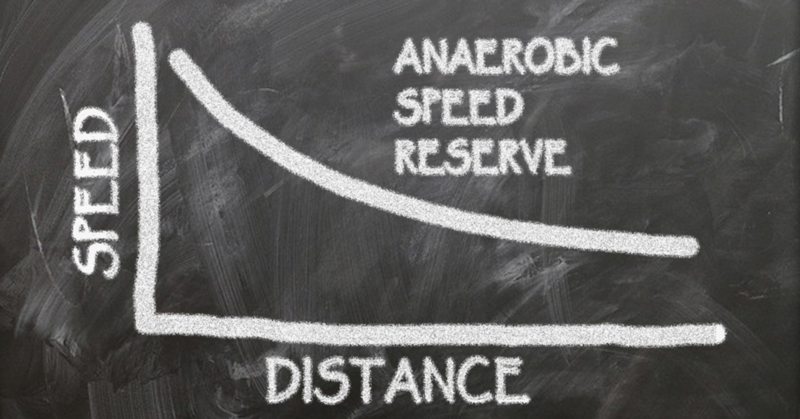
I very much agree with Carl Valle’s insights on assessment, as wells as my Illinois colleague Tony Holler’s insistence on recording, ranking, and posting sprint times.
Since 2004, what has helped me in applying their approaches has been using the Bundle/Weyand speed regression algorithm in designing speed workouts for my sprinters.
The algorithm is related to research investigating what limits sprint exercise performance. The classic explanation has been that speed decreases as the event duration increases because of an energy supply limit. Researchers assumed that, if energy limits all out performance and we increase energy supply, performance will improve. Likewise, if we decrease demand, performance will improve. That explains why many speed coaches still target supply and demand, which I now describe as the “kind of training Tony Holler hates” because it results in, as Tony notes, “stupid coaches having the hardest practices.”
Even as far back as 1925, the legendary A.V. Hill questioned whether this energy supply conclusion applied to sprinting. “It is obvious that we cannot pursue our (energy supply) argument to times below about 50 seconds,” said Hill. “These performances are limited by factors mechanical and nervous.”
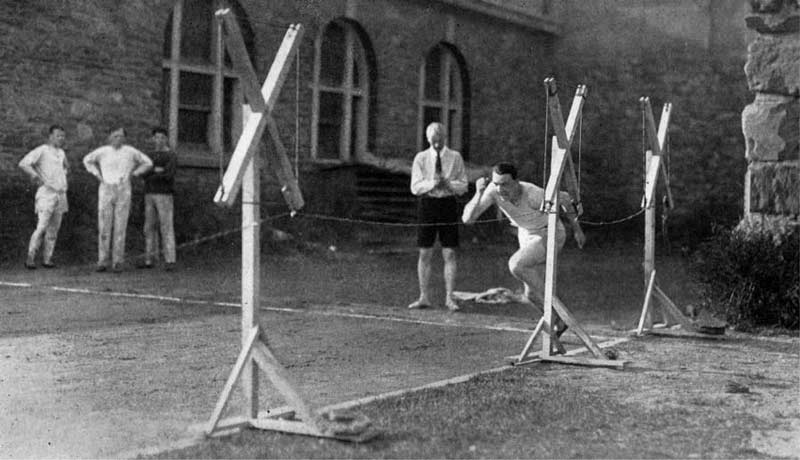
Despite Hill’s suggestion that high-speed performances need to be looked at differently, even to this day, there are many who continue to accept the classic notion of why speed declines over time. After all, it did apply to distance running, and why consider alternatives to an approach that prior to 2003 nobody was considering, perhaps because there was no energy data available for sprinting?
Bundle and Weyand put forth their view in the 2012 article, “Sprint Exercise Performance, Does Metabolic Power Matter?” Their conclusion was that speed declines as a result of musculoskeletal force output. They continue to use a simple analogy to explain what they mean. Is the (horse)power source (a car engine) limited by the fuel supply (ATP) or the transmission (muscle, tendon, and bone)?
For sprinters, reducing fuel supply has no effect on speed. Changing mechanics does. In their words, “energy release in sprinting is demand driven and not supply limited. It is at this point that speed coaches like Tony Holler would be saying, “I told you so.”
If performance in sprinting does depend on force application, how can we apply good science to improve performance? Certainly, fast, short repetitions make perfect sense, in combination with strength work, and the mechanics that recent research from Dr. Ken Clark indicates what it is that elite sprinters are doing at high speed.
What I do, by way of the original Bundle/Weyand research, is to use the force approach—or speed reserve by way of the algorithm presented in their 2003 paper, “High-speed running performance: a new approach to assessment and prediction.” What appears below is the table version of that algorithm I use with my sprinters. The table will generate speed projections at my distance of choice for each sprinter on my team, after inputting two measurements: each athlete’s top sprint speed (by way of a fly-in 10 or 20-meter sprint, and top aerobic speed ( by way of a 300-meter sprint).
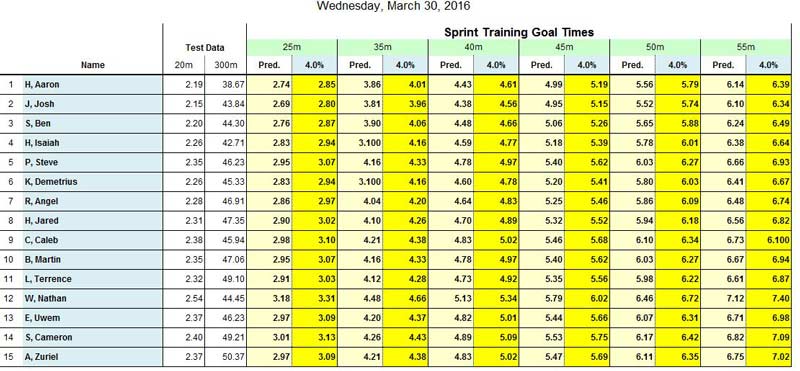
What ASR does for me is to provide individualized, specific goal times for my high speed/short repetition workouts. My tables also list a termination time for each athlete. That “fall-off” time reflects a drop in speed that changes the focus of the workout. Athletes could continue to run reps, but when the speed drops below a prescribed percentage (like 4%) athletes are could keep doing reps at slower and slower speeds, and that can quickly become the kind of workout that, as Holler might say, “takes the “cat” out of sprinters.”
The ASR algorithm provides individualized, specific goal times for high speed/short repetition workouts. Share on XDo coaches need this kind of specificity to achieve what Dr. Weyand describes as “attainable intensity”? Probably not. Fast running is fast running, and “100% intensity” perhaps needs no additional qualifiers.
I have found that my athletes concentrate better when they have a specific target for the workout and are certain of what is expected from these kinds of formative assessments. It’s the way I try to ensure that, in Coach Holler’s words, “low effort never happens in speed training.”
ASR helps me to accomplish what Holler believes is essential to a successful sprint program: demanding quality and making times meaningful.
Editors note: To perform your own ASR Calculations, see the online Sprint Calculator and User Guide.
Since you’re here…
…we have a small favor to ask. More people are reading SimpliFaster than ever, and each week we bring you compelling content from coaches, sport scientists, and physiotherapists who are devoted to building better athletes. Please take a moment to share the articles on social media, engage the authors with questions and comments below, and link to articles when appropriate if you have a blog or participate on forums of related topics. — SF
[mashshare]
References
Bundle, Matthew W., Reed W. Hoyt, and Peter G. Weyand. “High-speed Running Performance: A New Approach to Assessment and Prediction.” Journal of Applied Physiology 95.5 (2003): 1955-962. Web.
Bundle, Matthew W., and Peter G. Weyand. “Sprint Exercise Performance.” Exercise and Sport Sciences Reviews (2012): 1. Web
Clark, K. P., and P. G. Weyand. “Are Running Speeds Maximized with Simple-spring Stance Mechanics?” Journal of Applied Physiology 117.6 (2014): 604-15. Web.

